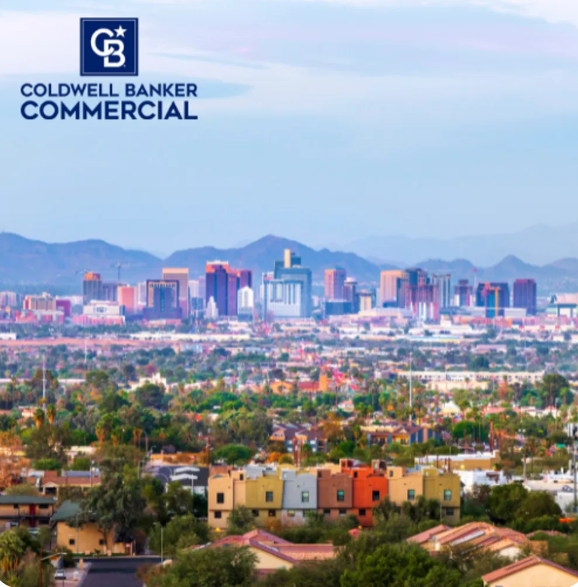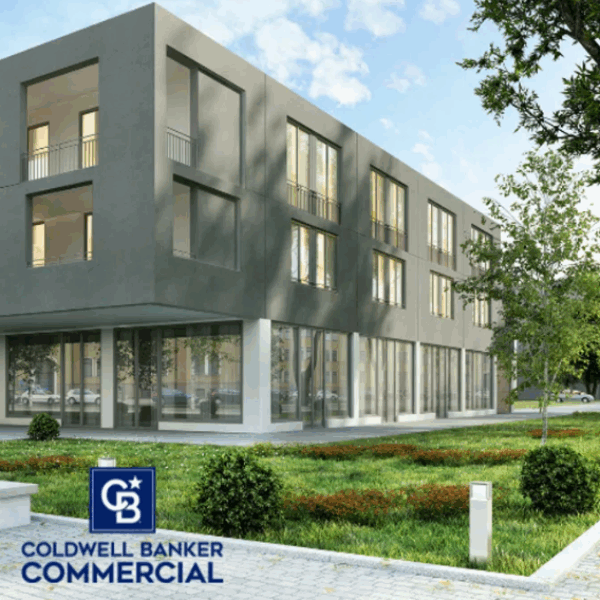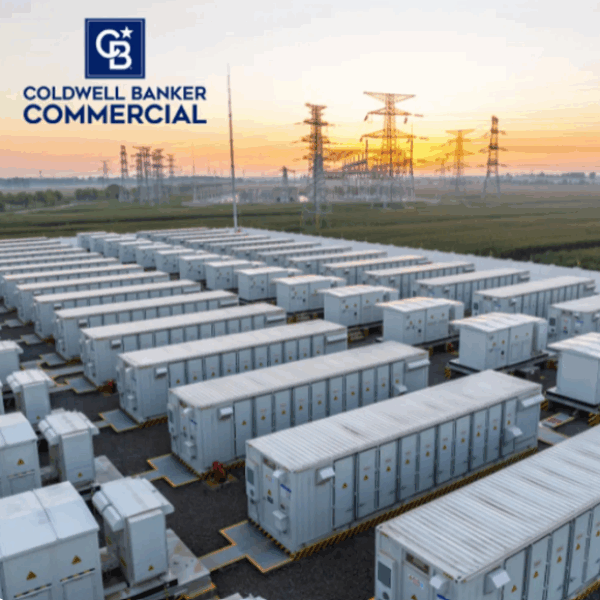As 2025 winds down, a growing number of investors are reevaluating the long-standing dominance of gateway markets. High costs, limited land supply, and increasingly complex permitting processes in cities like New York, San Francisco, and Los Angeles are making it more difficult to find yield.
As a result, capital is flowing into secondary metros where development opportunities are more accessible, more affordable, and often more dynamic. This migration is no longer a niche trend—it’s becoming a central pillar of commercial real estate (CRE) strategy heading into 2026.
Several forces are accelerating the shift. Industrial and data center developers are hitting hard constraints in core markets—particularly around power availability and land scarcity. These limitations are pushing demand toward second-tier hubs, with cities like Phoenix, Dallas, and Atlanta emerging as hotspots for new development pipelines. At the same time, demographic shifts are adding further momentum. Rising housing costs are driving households into more affordable metros such as Raleigh, Salt Lake City, and Nashville—markets that are also attracting employers looking to access expanding labor pools and lower business costs.
Transaction activity underscores growing investor interest. According to Altus Group, CRE deals in Q2 2025 totaled $115 billion—a 3.8% increase year-over-year—signaling renewed market momentum. While not all capital is flowing into secondary markets, the uptick reflects broader investor engagement, with many looking beyond traditional hubs for yield.
Relative yield is another major driver. CBRE’s H1 2025 Cap Rate Survey revealed slight compression across many core markets, making it harder to find strong returns in gateway cities. In contrast, secondary markets still offer wider spreads and higher risk-adjusted returns—though they do come with higher liquidity risk and narrower exit options, particularly for institutional investors who require scale.
Infrastructure and policy are now crucial to market differentiation. Secondary metros that offer reliable power grids, efficient permitting, and favorable tax policies are drawing the most attention. These markets can support both the pace and scale of modern development, while others that lack infrastructure backbones—like robust transportation networks or grid resilience—are falling behind. Speculative building without underlying fundamentals remains a concern, especially as interest rates and construction costs fluctuate.
Looking ahead to 2026, investors will be watching closely for announcements of major corporate relocations to secondary markets, increased institutional capital allocations outside traditional hubs, and infrastructure investments that improve development feasibility. These indicators could cement secondaries as long-term fixtures in institutional portfolios rather than temporary yield plays.
If 2025 was the year secondary markets stepped into the spotlight, 2026 could be the year they redefine the CRE investment map. As risk tolerances shift and strategic priorities evolve, investors are increasingly willing to look beyond the core in search of sustainable, scalable growth opportunities.








